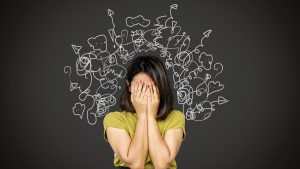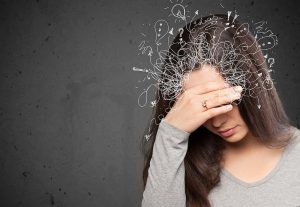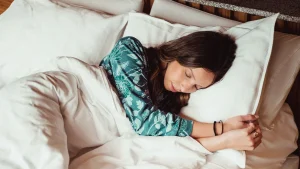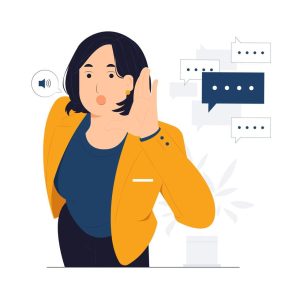
CHRONIC STRESS MANAGEMENT
Chronic stress management. a litany of stressors, including the ongoing pandemic, economic strains, racial unrest, political tensions, and natural calamities. You might eventually find it difficult to get rid of that stress: Chronic stress may be indicated by prolonged experiences of stress. Your body and mind might suffer from ongoing stress. Thankfully, there are steps you can do to get back on track with your physical and emotional health.
CHRONIC STRESS MANAGEMENT
Your general health may be impacted by ongoing stress. High blood pressure, or hypertension, is one risk. For instance, research has linked long-term stress to hypertension, sometimes known as high blood pressure. Additionally, certain dangers have the potential to escalate into others: For instance, hypertension can increase your chance of heart attack and stroke, among other health issues.
Signs and Symptoms
Memory loss or difficulty focusing; exhaustion or excessive or insufficient sleep; irritability; sexual dysfunction; Headaches, or other body ache dizziness muscle stiffness, especially in the jaw or neck; digestive problems like, Chest pain constipation, or diarrhea; and using drugs or alcohol to unwind
Management
1. Effective chronic stress management varies from person to person

what works for one may not work for another. The following stress-reduction strategies could help you manage your stress.
2. Get moving

Engaging in physical activity can improve your mood and lower stress levels. Walking is a fantastic way to get started, but if you want something more strenuous, consider swimming, dancing, or jogging. Just be sure to consult your physician first.
3. Try some relaxing techniques, including tai chi

Although they may push you beyond your comfort zone, practices like yoga, meditation, tai chi, and breathing techniques can be beneficial for many people. For instance, a study conducted on senior citizens and published in The Journals of Gerontology revealed that tai chi increased pleasant emotions while lowering stress levels.
4. Make sleep your top priority

Numerous aspects of your health and wellness depend on getting enough sleep, and stress management is no exception. Your brain uses the many stages of sleep, including rapid eye movement, to process a lot of the pressures and events of the day. For the best health advantages, use these suggestions from the Centers for Disease Control and Prevention to teach your brain to sleep better and longer.
5. Pay attention to what you can alter

Feeling in control can make you feel more rooted. Some things, like the weather, are beyond our control. Others, such as organizing your meal for tonight, can help you find your center of gravity when you’re feeling uncertain.
6. Be kind to yourself

It’s acceptable if you lose your temper or find it difficult to let go of tension. Being kind may make a big difference, especially when it comes to oneself.
7. Don’t isolate yourself

Assemble a support system of individuals who are concerned about your well-being and use it when you need it, but in a safe, socially isolated manner.
Summary
Even with a solid self-management strategy, you can occasionally require additional assistance. Although they can be a valuable resource, mental health professionals should be seen immediately if you have suicidal thoughts or believe that drugs or alcohol are your go-to coping method.